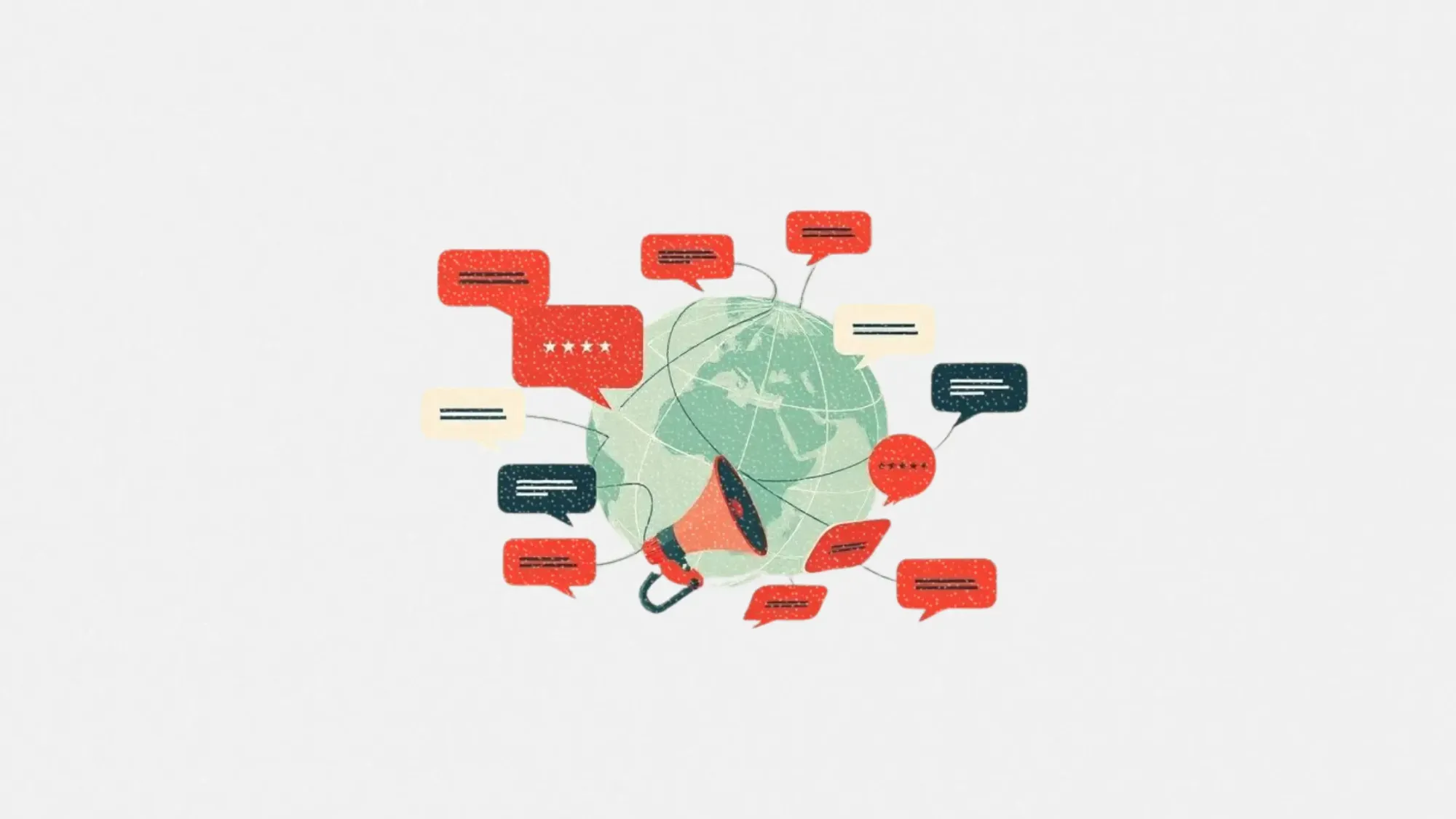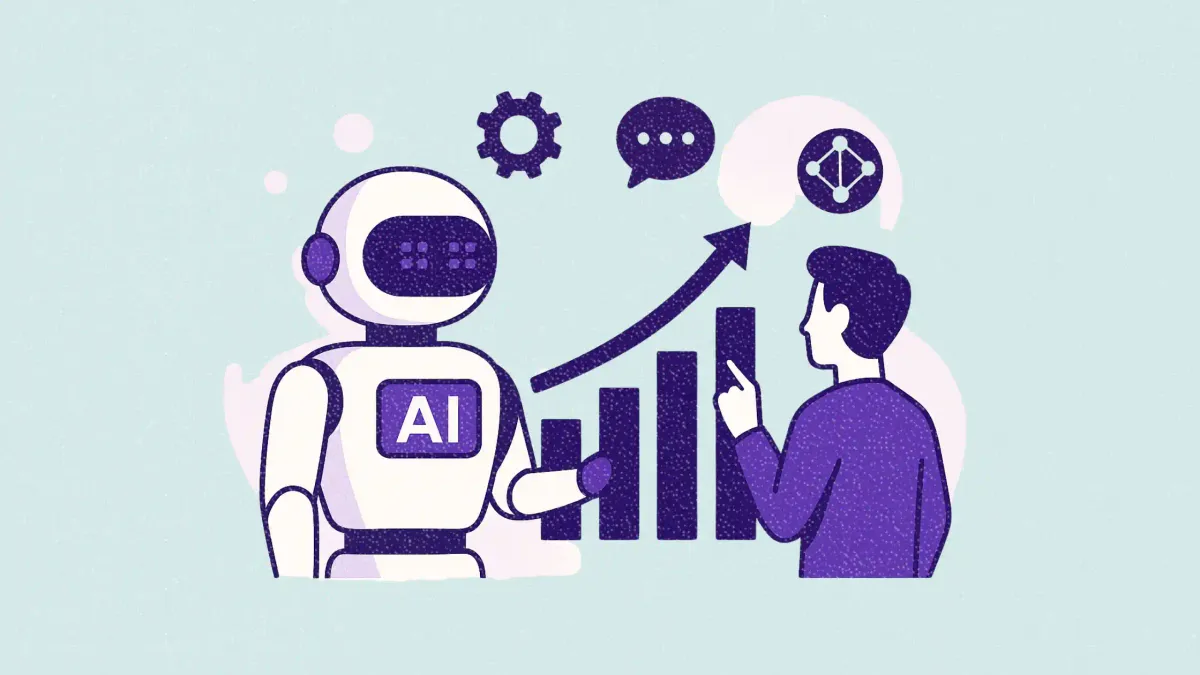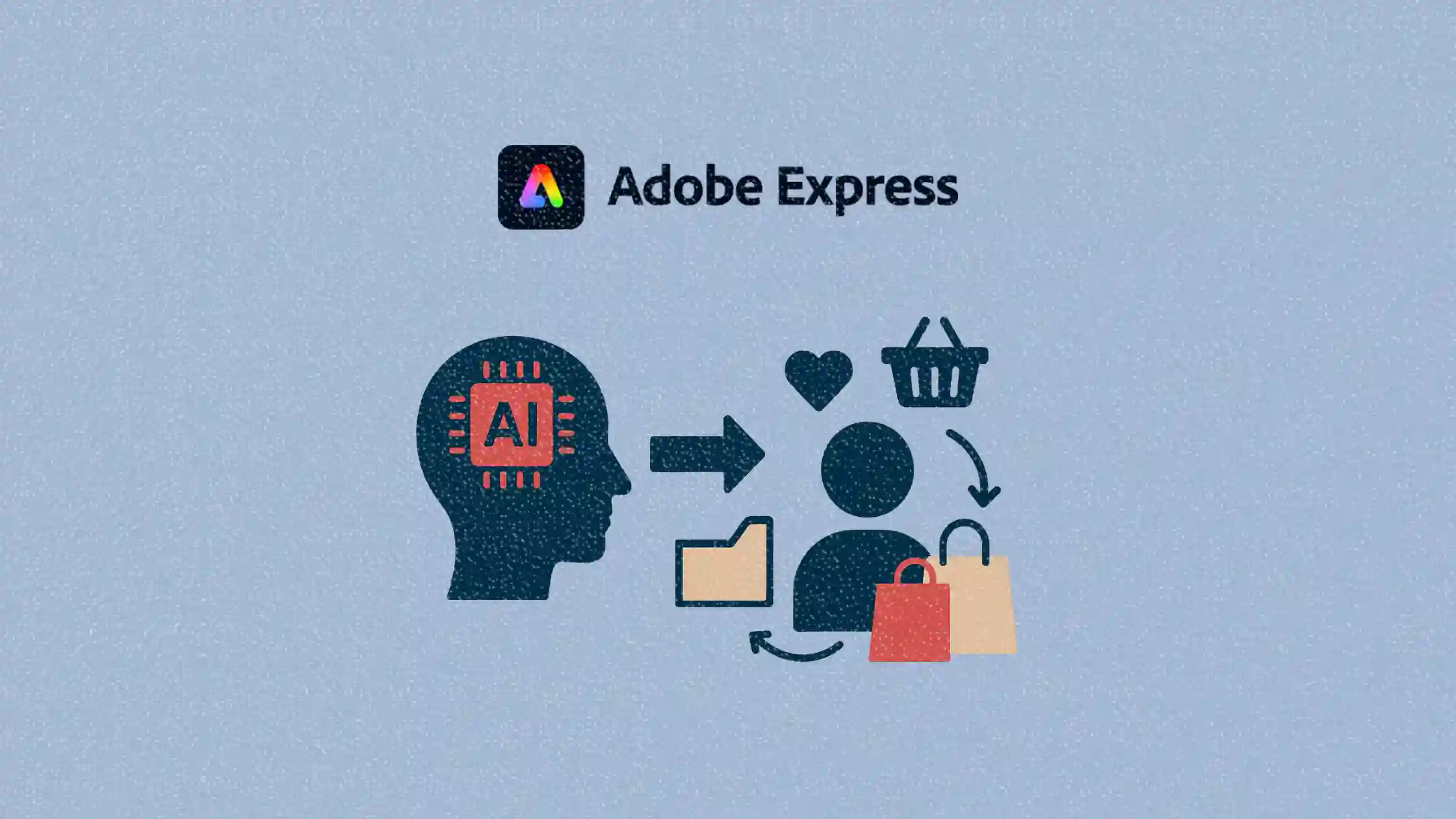AI-powered localization is the growth strategy most marketers are missing
Most brands ignore localization, but AI is turning it into the smartest marketing play for 2026

Global marketing is facing a reality check. Personalization tools are reaching diminishing returns, budgets are under pressure, and marketers are still shipping one-language-fits-all content across borders.
But a growing number of marketing leaders are waking up to a much simpler, more scalable opportunity: AI-driven localization.
Lokalise’s data reveals the magnitude of this blind spot. Despite 76% of global buyers preferring product information in their native language, 82% still receive content in the wrong one. Meanwhile, 89% of business leaders say personalization is crucial, but localization, the most basic form of it, is often sidelined.
This article explores why AI-powered localization is poised to become the most effective marketing strategy in 2026 and how brands can use it to win globally.
Short on time?
Here’s a table of contents for quick access:
- Why localization is now a strategic priority
- The AI shift: from cost center to growth driver
- What marketers should know: tools and tips for scaling localization

Why localization is now a strategic priority
For years, marketing teams have obsessed over hyper-personalized email subject lines, A/B-tested landing page copy, and conversion-optimized buttons. But those same teams often overlook a much simpler form of personalization: speaking to customers in their own language.
Lokalise’s data shows that most brands are still serving global audiences with English-only content. That disconnect is expensive. It’s not just a missed opportunity, it’s actively pushing buyers away.
When 76% of consumers prefer localized content, but 82% aren’t getting it, there’s a clear signal. Language is a conversion lever, not just a translation task.
Marketing teams are starting to realize that adapting messaging by market is no longer optional. It is the key to unlocking revenue in new regions without blowing the budget.

The AI shift: from cost center to growth driver
Historically, localization has been dismissed as expensive, resource-heavy, and slow. Manual workflows, scattered tools, and the need for human translation made scaling content across languages a headache.
That is now changing fast.
AI-powered platforms are making it possible to localize end-to-end content at scale without sacrificing brand voice or context. Today’s systems can automatically translate, transcreate, and deploy localized assets across web, mobile, and campaign channels, while factoring in cultural nuance.
Marketing teams no longer need to choose between speed and accuracy. AI orchestration handles the heavy lifting, allowing teams to focus on creative and strategic tasks while content gets localized in the background.
The result is a shift in how brands see localization. It is moving from being a back-office task to a frontline growth tactic. With AI in the mix, brands are reframing localization as a high-ROI investment that opens new markets, increases conversion rates, and shortens payback cycles.
Tools and tips for scaling localization
To make the most of this shift, marketers should stop treating localization as a one-off translation project and start building it into their core strategy. Here’s how:
1. Rethink localization as personalization
Localization isn’t just about converting words. It is about connecting with markets. Treat it as the foundation for trust and engagement in every new region you enter.
2. Use AI-enabled localization tools
Platforms like Lokalise, Smartling, and Phrase now offer AI-enhanced workflows that integrate with CMSs, product catalogs, and design systems. This allows seamless localization across your entire content ecosystem.
3. Automate the mundane, focus on brand voice
AI can handle volume and speed. Marketers should focus on refining tone, reviewing cultural context, and defining brand-specific rules that AI can follow consistently.
4. Track the ROI
Treat localized content like any other growth lever. Measure how localized landing pages convert compared to global ones. Benchmark time-to-market and cost-per-translation before and after automation. Use data to build a stronger business case.
In the race for global market share, marketers are often chasing complex personalization tactics that bring marginal returns. But in 2026, the biggest growth hack may be the simplest: just speak your customer’s language.
AI has made localization cheaper, faster, and more effective than ever. The brands that recognize this and act on it will outpace their competitors in global reach and relevance.
If your team is still serving English-only campaigns to a multilingual world, it is time to rethink the strategy. What used to be a nice-to-have is now your competitive edge.




